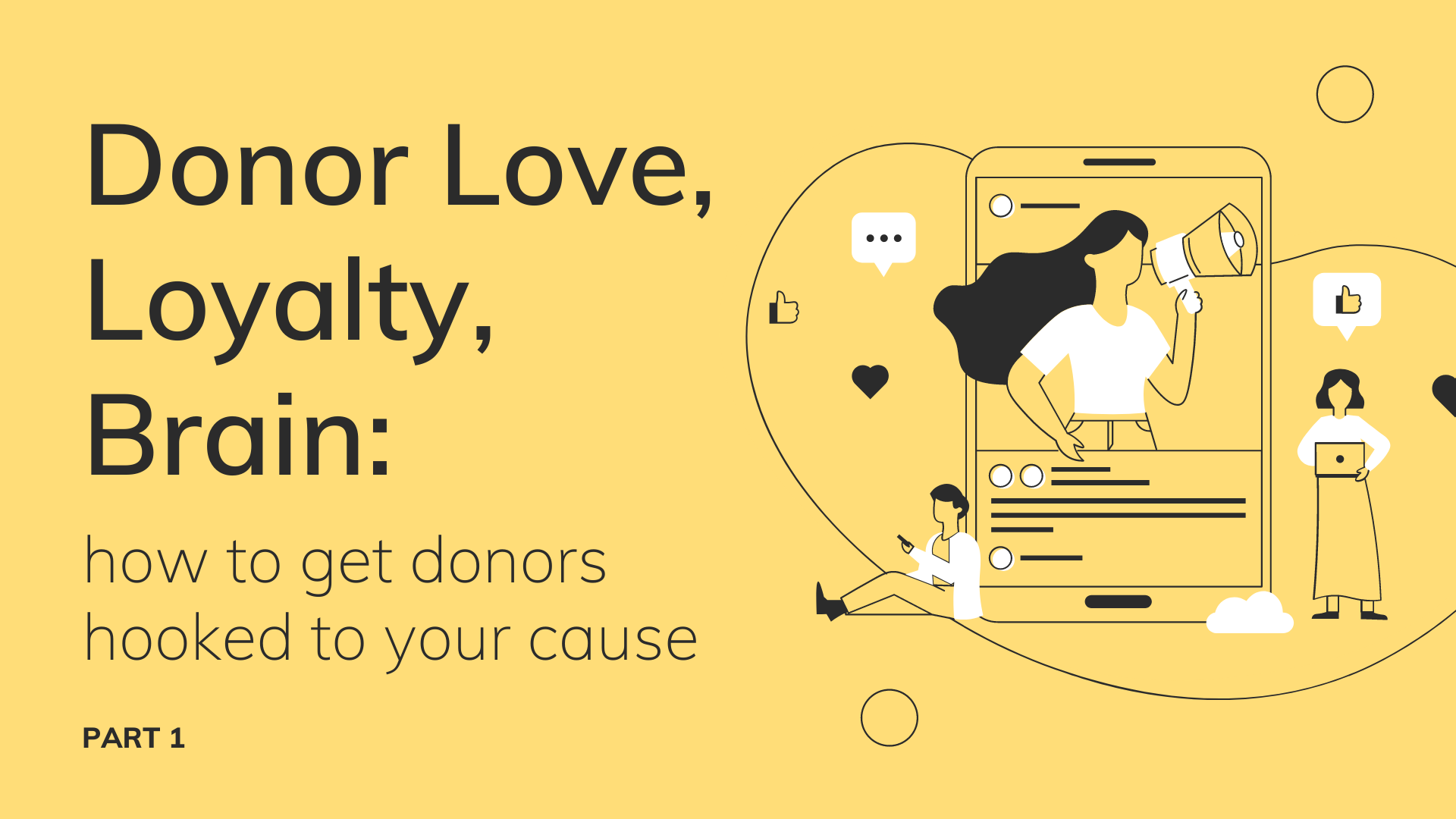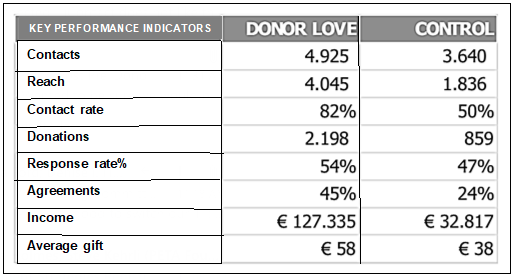Donor Love, Loyalty, Brain: how to get donors hooked to your cause – Part 1

Loyalty in general, in marketing and fundraising, has been a purely transactional behavior: how many times you come back to my shop or give again to my organization and for how long. Just recently, and based on new neuroscience evidence, we now understand that the loyalty we have naturally for in-groups (family, neighborhoods, nations, etc.) can be influenced and directed also to objects, ideas and people through a learned habit and can become part of our identity. And the mechanisms that make us loyal or disloyal to a shop, a football team, a person, or a charity are the same.
According to Kahneman, we have an experiencing self and a remembering self. This is a storyteller — “donating was such a good thing— and it articulates our actions when we recall them in anticipation (“that will be such a good thing to donate again” or “No, I am not donating again”). Our memory cycle is organized, according to Kahneman, on a peak-end form. We remember little: the beginning, the peaks (and the end. That is why donors do not even remember, when asked, whether they support a cause.
1 The article is based on the recently published book Hooked on a Feeling: How the passion and devotion for good causes become memories and identities https://www.amazon.com/Hooked-Feeling-devotion-memories-identities-ebook/dp/B0923717RN

The beginning
They are saying that the first impression is what counts. In the case of donors, the first encounter with a cause or an organization is critical. More importantly, the decision to donate happens at a subconscious level, so positive reinforcement attached to the action solidifies the memory and our responses to it.
A key element to establish and reinforce the memory of an experience is authenticity. The value of personal, human, and authentic connection has been proven also by a large set of data from Bloomerang showing that supporters who received a personal interaction via a phone call, personal email, text message or in-person interaction increased their giving by 10-17%.
Thank you, but no thank you!
There is a mantra that the most important factor for increasing retention and loyalty is a prompt and warm welcome to a donor. And this is true, but not exactly true! It is not the whole truth.
A much-debated research project was carried out on the effectiveness of thank-you calls, and it showed that they had no impact on future giving, regardless of the size of the initial gift. In fact, while 28 percent of donors
who came in via public TV stations and 31 percent of regular donors to a large national nonprofit in the USA made repeat gifts, those rates were the same regardless of whether donors received thank-you calls. (2)
The reality is that if a thank you is administrative and formal, it is perceived as such and has no impact on future or repeated giving.
In a test between the Donor Love department in UNICEF Italy and an external call center (Control) you can see why. The thank you calls from the Donor Love perspective (delivered by internal staff) were authentic, human and more effective in terms of repeated donations, average gift size and total income. This does not mean that external teams cannot deliver effective thank you calls, but that element of unscripted authenticity and humanity has a better effect that the simple task of “make a thank you call”.
Response on calls by Donor Love vs. External call center

In the next installment we will look at how to manage the peaks and the end of a memorable experience for a supporter.
2 Samek, Anya and Longfield, Chuck, Do Thank-You Calls Increase Charitable Giving? Expert Forecasts and Field Experimental Evidence (April 13, 2019). Available at SSRN: https://ssrn.com/abstract=3371327 or http://dx.doi.org/10.2139/ssrn.3371327

Francesco Ambrogetti, Supporter Engagement Lead, UNICEF International
If you’d like to learn more about donor love – join Francesco at our next Breakfast with the Experts on June 24th - Register today!
